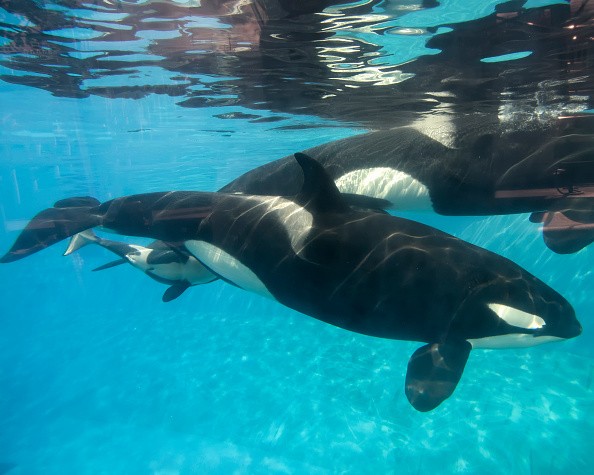Ecologists must understand wild animal behavior to protect endangered species, yet following animals around can be expensive, risky, or impossible in the case of creatures that migrate underwater or into locations humans can't readily reach.

Bio-logging devices, which may be fitted to animals and gather information about movement, breathing rate, heart rate, and other parameters, were the next best thing for conservation scientists.
Statistical Methods

The methods statisticians utilize are continually developing to make full use of the enormous and complicated data sets that are accessible to get an accurate picture of what a tagged animal accomplishes as it goes through its habitat, especially when it comes to animal mobility.
Researchers at the Institute for the Oceans and Fisheries (IOF) and the UBC department of statistics have improved statistical tools for identifying animal behaviors that can't be observed directly in a recent study that has brought us a step closer to understanding the behaviors of northern residents killer whales.
"The thing we tried to get at with this work was some of those fine-scale behaviors that aren't that straightforward to predict," said Evan Sidrow, the study's primary author and a doctorate student in the department of statistics. In most cases, it's a matter of a whale looking about and then actively swimming for a second to travel over to another spot, and we're attempting to see ephemeral activities, such as the whale grabbing a fish," says the researcher.
Read also: Digital Tagging: Can Blockchain Technology Turn the Tide for Sustainable Fishing Industry?
Improving Existing Models
The study team built a statistical method based on a Markov model to explore the secrets concealed behind animal movement statistics.
Sidrow stated, "Traditional hidden Markov models fall at very fine scales." When we try to capture structure in the data using this model, we're attempting to account for this "wiggliness" that a typical hidden Markov model would be unable to account for." "That's because there's a structure in the data you can't capture using the primary sort of hidden Markov model.
Collecting Data
With tags collecting data almost continuously, researchers are left with an enormous number of data points separated by fractions of a second. Traditional Markov models and statistical methods struggle to interpret such high-frequency data, hence the need for the study's more advanced study Markov model.
Using upgraded hidden Markov models, the scientists revealed several previously unknown northern resident killer whale behaviors. When performing deep dives, the whale they used to create the model preferred to save energy by gliding through the water, but when closer to the surface, it moved more energetically, accelerating quicker and 'fluking' its tail more frequently.
It will be critical for whale conservation if researchers can discover how much energy the whales require to sustain themselves by understanding their dive patterns.
Conservation Tool

According to Sidrow, the method's uses go well beyond whale movement data.
Sidrow stated, "It could be used to pretty much any animal movement data." For things like the flapping of birds' wings, this technique might be beneficial if you're tagging animals and want to understand fine-scale behaviors."
Although it is not intended for use in ecology, it might be beneficial in other areas, such as identifying when machines are likely to break by categorizing when the parts within them vibrate irregularly.
According to Dr. Marie Auger-Méthé, senior author of the study and an assistant professor in the department of statistics and the Institute for the Oceans and Fisheries, the work is one of the first steps toward fully understanding why southern resident killer whales do not fare as well as their northern counterparts.
"Understanding the variations between these neighboring whale populations would require using our technologies to determine when the animals are capturing prey and to predict their energy consumption," she added.
The next step is to understand when whales capture prey and apply models to both northern and southern resident killer whale populations to determine how they behave differently.
Dr. Auger-Méthé noted, "The study presents various 'building block' options that may be employed together or individually." "In essence, we're giving researchers who use high-frequency movement data and other high-frequency time series a toolkit."
For the most recent updates from the animal kingdom, don't forget to follow Nature World News!
© 2026 NatureWorldNews.com All rights reserved. Do not reproduce without permission.





